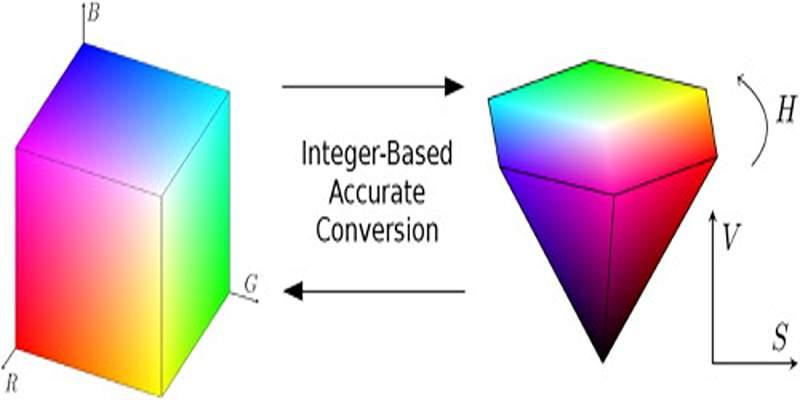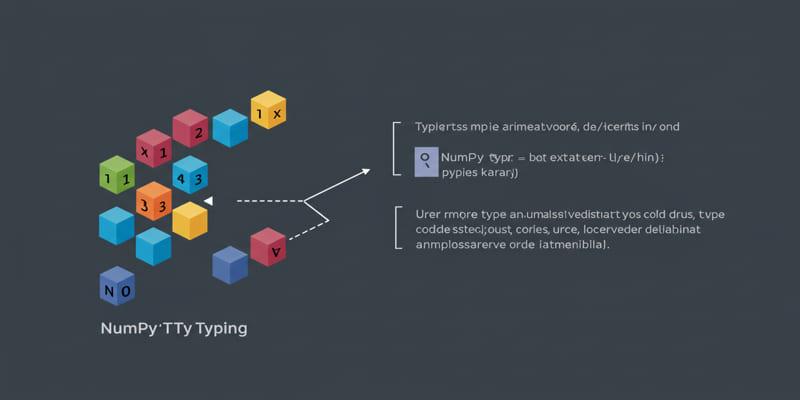AI has advanced beyond basic automation, introducing agents capable of reasoning, decision-making, and managing workflows independently. Unlike traditional systems, these agents adapt to changing circumstances without relying on scripts. For businesses aiming to scale, understanding their potential is crucial. This post unpacks how AI agents work, their components, and real-world examples showcasing their transformative impact.

AI agents are capable of operating within a sophisticated framework that integrates multiple skills. Unlike traditional software, these systems can perceive their environment, analyze complex inputs, and make appropriate decisions.
AI agents can be built upon the idea of retaining context during information processing. This implies not only being familiar with particular pieces of data, but also the connections between them and what they have to do with the particular goals. Upon receiving a task, AI agent would first examine the information it has, determine important variables and work out a plan to accomplish the desired task.
Modern AI agents leverage large language models as their reasoning engine, but they extend far beyond simple text generation. These systems incorporate memory systems that allow them to track progress across multiple interactions, learning from previous experiences and applying that knowledge to new situations.
The reasoning capabilities of AI agents represent perhaps their most impressive feature. These systems don't just match patterns or retrieve information—they engage in genuine problem-solving that mirrors human cognitive processes.
When faced with a complex task, an AI agent begins by breaking it down into smaller, manageable components. This decomposition allows the system to identify dependencies, prioritize actions, and create a logical sequence of steps. The agent considers multiple approaches, weighing potential outcomes and selecting the strategy most likely to succeed.
Advanced AI agents excel at multi-step planning, where each action depends on the results of previous steps. This capability proves crucial for complex tasks that require adaptive responses. For example, when analyzing market data, an AI agent might first gather relevant information, identify trends, perform calculations, and then generate actionable insights—adjusting its approach based on what it discovers at each stage.
The decision-making process involves continuous evaluation and refinement. AI agents can recognize when their initial approach isn't working and pivot to alternative strategies. This flexibility distinguishes them from traditional automation systems that would simply fail when encountering unexpected conditions.
While reasoning provides the foundation, AI agents distinguish themselves through their ability to take concrete actions. These systems can interact with various tools, APIs, and interfaces to execute tasks in the real world.
The action framework typically includes several key components. AI agents can generate and send communications, manipulate data across different systems, perform calculations, conduct research, and coordinate with other tools or services. This versatility allows them to handle end-to-end workflows that span multiple platforms and processes.
Modern AI agents integrate seamlessly with existing business tools and platforms. They can access databases, update spreadsheets, send emails, schedule meetings, and interact with customer relationship management systems. This integration capability transforms them from isolated problem-solvers into active participants in business operations.
The most sophisticated agents can even learn to use new tools through observation and experimentation. When presented with unfamiliar interfaces or APIs, they can analyze available documentation, test different approaches, and develop effective usage patterns.
The true power of AI agents becomes apparent when scaling complex operations. Traditional automation struggles with tasks that require judgment, adaptation, or creative problem-solving. AI agents excel in exactly these scenarios.
These systems can handle variability and exceptions that would break conventional automation. When processing customer inquiries, for instance, an AI agent can understand context, identify the underlying issue, and determine the most appropriate response—even for situations it hasn't encountered before.
AI agents can manage multiple concurrent tasks while maintaining context for each one. This parallel processing capability allows them to serve as virtual team members, handling various responsibilities simultaneously without losing track of priorities or deadlines.
The memory systems that support this capability store not just task-specific information, but also preferences, constraints, and learned behaviors. Over time, AI agents become more effective as they accumulate experience and refine their approaches.
Organizations across industries are discovering practical applications for AI agents. In customer service, these systems handle complex inquiries that require research, analysis, and personalized responses. Rather than simply providing scripted answers, they investigate issues, consult multiple information sources, and craft solutions tailored to specific situations.
Financial services companies use AI agents for risk assessment and compliance monitoring. These systems continuously analyze transactions, identify potential issues, and generate detailed reports that human analysts can review and act upon. The agents adapt to changing regulations and market conditions without requiring manual reprogramming.
Research-intensive operations benefit significantly from AI agents. These systems can gather information from multiple sources, synthesize findings, identify patterns, and generate comprehensive reports. They excel at tasks like competitive analysis, market research, and literature reviews that traditionally required substantial human effort.
In healthcare, AI agents assist with clinical decision support by analyzing patient data, reviewing medical literature, and providing evidence-based recommendations. They can track treatment outcomes and adjust their suggestions based on emerging research and patient responses.

The capabilities of AI agents continue to evolve rapidly. Current systems represent just the beginning of what autonomous AI can accomplish. Future developments will likely focus on improved reasoning capabilities, better integration with physical systems, and enhanced collaborative abilities.
The integration of AI agents with robotics and IoT devices promises to extend their influence beyond digital environments. These systems could manage entire facilities, coordinate supply chains, and optimize operations in real-time based on changing conditions.
The most promising applications involve collaboration between humans and AI agents. Rather than replacing human workers, these systems augment human capabilities by handling routine tasks, providing analytical support, and managing information flows. This partnership model allows organizations to leverage the strengths of both human creativity and AI efficiency.
Implementing AI agents requires focusing on high-value use cases like multi-step processes, judgment calls, or continuous monitoring. Strong data infrastructure and smooth system integration are vital for success, alongside effective training and change management. AI agents transform industries by automating complex tasks with flexibility and intelligence, achieving what traditional automation cannot and driving innovation forward.

Find how MapReduce powers scalable data systems, enabling efficient processing of massive datasets for modern enterprises.

Explore how evolving AI agents affect businesses, risks, and alignment, and why understanding their inner drives is crucial.

Learn how AI agents for sustainability improve productivity, streamline reporting, and revolutionise corporate operations globally.

Discover the seven reasons which make convolutional neural networks (CNNs) unbeatable when it comes to image tasks.

Understand RGB and HSV, why hue-saturation-value helps editing, and how to convert in both directions without banding or surprises.

Build accurate Excel data dictionaries by pairing OpenPyxl scans with AI agents for clear definitions, rules, and reviews.

Learn how a GPT stylist reveals the secrets of clear, contextual, and creative prompting that leads to better AI outputs.

AI scam tactics are becoming harder to detect as artificial intelligence helps scammers create fake voices, emails, and messages. Learn how to recognize and stop these digital traps

How to use ChatGPT’s new image generator with this simple step-by-step guide. Learn how to turn text into visuals using the latest AI image tool from ChatGPT

Inheritance is a fundamental software engineering notion that assists data scientists in constructing reusable code and creating scalable and maintainable endeavors in order to succeed in the long term.

Use NumPy typing to annotate and verify NumPy array shapes and dtypes to enhance Python project correctness and maintainability.

Discover how Microsoft Power BI elevated my data analysis and visualization workflow, transforming insights and boosting decision-making efficiency.